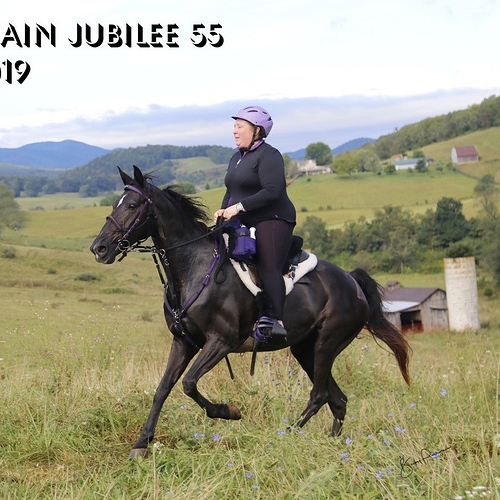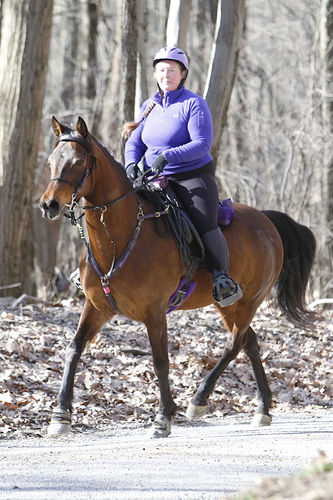This study which I just finally got to read, is probably the best study of all that I’ve seen, with the exception of the ‘real life’ Tevis study.
Interestingly, the researchers call out that some of the smaller horses were better weight carriers, because they were used to carrying more weight and were fitter as a result. They also point out the loin connection issue, and they report that only one horse really seemed to have any true ill effects from carrying the 35% weight, but that horse also seemed to have some underlying soundness issues.
Yes, these are Icelandics, bred to be small but carry adults, so it would be interesting to see a study as well controlled as this using light horses. It would also be useful to have bone scans and vet workups on all horses at the beginning and the end of the study. As we all know though, horses injure themselves on the routine, so there will have to be enough of them to control for “normal pasture accidents”.


 My mare donates blood to a genetics research program in my department, and both of my horses donate research material (poop lol) for my research.
My mare donates blood to a genetics research program in my department, and both of my horses donate research material (poop lol) for my research.


 She definitely thinks so too lol
She definitely thinks so too lol